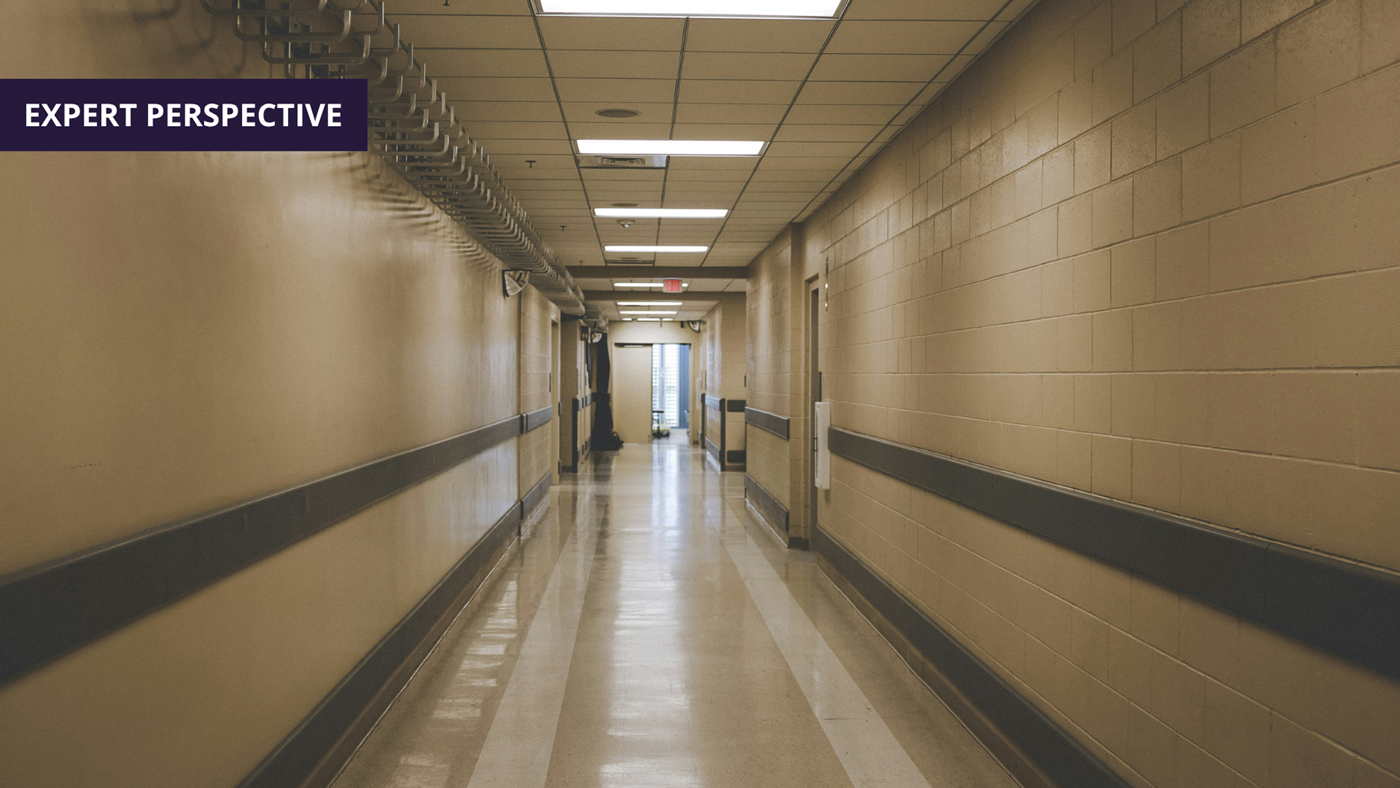Rural Hospitals Teeter On Critical Condition

Rural Hospitals Account for 1/3rd of All Community Hospitals
According to the latest NOSORH (National Organization of State Offices of Rural Health) report, there are currently 1,300 critical access hospitals and 900 non-critical access rural hospitals. There are over 5,400 rural health clinics and over 6,000 rural health centers (or look-alike sites).
Collectively, these rural health systems play a critical role in providing care to their respective communities.
Rural hospitals face many of the same challenges as their urban counterparts—staffing shortages, financial pressures, and the need to adopt new technologies. However, several additional factors leave them even more vulnerable:
- Remote locations.
The geographic isolation of rural hospitals makes it more difficult to attract and retain talent, especially specialists and surgeons. It also complicates logistics, limiting timely access to advanced technologies and support services. - Lower patient volume.
With smaller populations, rural counties naturally generate lower patient volumes. Many patients requiring specialized care not available locally may travel to urban hospitals, further reducing case numbers and revenue potential. - Declining reimbursement rates.
Rural hospitals depend more heavily on revenues generated from Medicare and Medicaid than larger urban hospitals. Unfortunately, they often fall short in terms of meeting reimbursement levels in a timely manner, putting additional financial strain on already stretched resources.
Medicaid: A Lifeline For Rural Hospitals
Medicaid has been providing qualifying families in the United States with basic healthcare since 1965 under the Johnson administration’s Medicare and Medicaid Acts bill. One might be quick to assume it’s a big city affair, but really adults and children living in rural towns are more likely to be Medicaid and CHIP recipients than those living in larger urban areas. Thus, Medicaid expansion reimbursements, through ACA (the Affordable Care Act) have become essential to the survival of rural hospitals as they struggle to continue to serve the needs of their economically disadvantaged communities. There is deepening concern, however, that new legislation may profoundly stymie this crucial lifeline.
According to estimates from the CBO (Congressional Budget Office), roughly 16 million people by 2034 will become uninsured as a result of losing Medicaid coverage and other ACA services. Many of these individuals live in rural communities, adding yet another layer of challenges for rural hospitals, that are already under-financed, who must now serve an influx of uninsured Americans.
Rural Hospitals Seek New Solutions
These and other mounting issues facing rural hospitals have taken a toll, resulting in rural hospital closures outpacing openings over the last seven years. The Center for Healthcare Quality and Payment Reform (CHQPR) reports that in a majority of states, 25% of rural hospitals are at risk for closure, in some states that figure is as high as 50%. CHOPR reports that due to proposed Medicaid cuts, 742 rural hospitals are at an increased risk of closing, adding to the 300 considered at “immediate risk.”
Efforts to conserve resources and keep their doors open have led many rural hospitals to pare down their service offerings. Some, according to the CHQPR report, have eliminated inpatient services in efforts to qualify for federal funding only available to rural emergency hospitals.
Larger Hospitals Must Prepare to Handle a Potential influx of Rural Patients
As rural hospitals continue to either close or reduce their portfolio of services, some patients will need to travel outside their area to urban hospitals. This outmigration will put a greater burden on larger hospitals who will need to be prepared to handle a potential influx of these patients.
Many are already doing so by forming partnerships with specialist hospitals to help ease the burden, along with fast tracking technologies to enable them to serve more patients more efficiently. Hospitals using automation in areas like pharmacies, for instance, are able to store more medications and process them faster, helping them to dispense and serve a larger patient population.
Rural Hospitals Are Preparing For Tough Times Ahead
In addition to working to preserve funding through Medicaid and Medicare, rural hospitals continue to seek solutions to improve financial solvency and continue to serve their vulnerable patient populations.
Some on Capitol Hill are taking action to help, as legislation has introduced a bipartisan legislative framework aimed at reducing healthcare costs. A key component of the proposal is site-neutral payment reform, which would standardize Medicare reimbursements for identical outpatient services, regardless of the care setting. The goal is to lower costs for patients while redirecting savings to support rural and safety-net hospitals.
Additional solutions have been proposed by sources cited by the NRHA (National Rural Health Association) and others. We’ve summarized some of them below:
- Engage Key Stakeholders
Involve staff, referring physicians, and patients early in the planning process. Their perspectives help shape effective solutions and build support for new initiatives. - Foster Stronger Referral Networks
Strengthen ties with other hospitals, primary care providers and specialists to ensure a consistent flow of referrals. These relationships are critical for expanding access and driving service volume. - Leverage Data Analytics
Use analytics to monitor service utilization, patient outcomes, and financial performance. Data-driven insights help pinpoint inefficiencies, optimize operations, and improve ROI. - Continuously Monitor and Adapt
Evaluate new service lines regularly and adjust based on performance. Agility and responsiveness are essential for sustaining long-term success.
Work Is Needed to Support Rural Hospitals
Nearly twenty percent of all hospital patients live in rural areas. These individuals depend heavily on local hospitals and healthcare providers to meet their medical needs. Yet many of these hospitals are either closing or operating on razor-thin margins as they struggle to care for a growing number of patients living at or below the poverty line.
While healthcare providers everywhere face challenges, small rural hospitals must navigate unique obstacles that larger urban facilities are often better equipped to overcome. Addressing these issues requires focused, strategic efforts across a wide range of areas. In addition to working to influence policy changes that could impact their operations, rural hospitals must work smarter by finding innovative ways to conserve resources, boost efficiency, and expand their capacity to serve the evolving needs of their communities.








